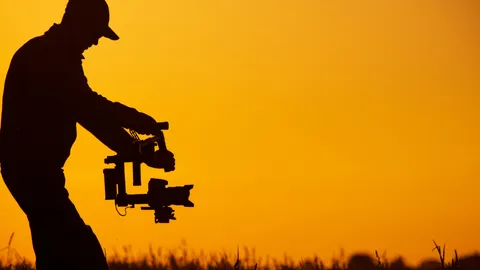Character arcs, the transformation or inner journey of a character over the course of a story, are a fundamental part of storytelling. Whether it's in literature, film, or television, these arcs serve to engage the audience, drive the narrative forward, and bring depth and realism to the characters. One of the most fascinating, yet challenging, character arcs to write is the transition from a hero to a villain. This article will explore the concept and provide insights into effectively crafting such transformations.
Understanding Character Arcs
A character arc is the journey of transformation that a character undergoes throughout a story, resulting from the challenges they face and the choices they make. Character arcs can be of various types such as positive, negative, flat (where a character doesn’t change), or transformational (where a character changes significantly).
From Heroes to Villains: The Descent into Darkness
Transforming a character from a hero to a villain – often referred to as the 'descent into darkness' or 'corruption arc' – is one of the most dramatic and complex character arcs. This change typically happens gradually and arises from a series of events or choices that lead the character to embrace their darker side. Such arcs often involve themes of power, morality, and the exploration of the thin line between good and evil.
Key Elements to Consider in Crafting a Hero-to-Villain Arc
- Motivation: The transformation from hero to villain shouldn't be random or sudden. It's essential to establish clear motivation. This could be a traumatic event, disillusionment, a desire for revenge, or a belief that the ends justify the means.
- Slow Progression: The journey from hero to villain is usually a gradual process. Each step towards villainy should feel like a plausible progression from the last, based on the challenges and choices that the character faces.
- Complexity and Conflict: To maintain audience empathy, it's crucial that the character remains human and relatable. This can be achieved through internal conflict, showing the character's struggle against their darker impulses, or the consequences they suffer due to their actions.
- Point of No Return: There's often a specific moment or decision where the character crosses a moral line from which they can't (or won't) return. This critical event marks their final transition into villainy.

Master the ins and outs of video marketing with this ultimate guide.

Unlock the secrets to creating the perfect promo video with a step-by-step guide to captivating your audience and driving real results.
Notable Examples
Anakin Skywalker's transformation into Darth Vader in the "Star Wars" series is a classic example of a hero-to-villain character arc. Over the course of the prequel trilogy, we see Anakin's journey from a heroic Jedi Knight to the Sith Lord Darth Vader, driven by fear, anger, and a desire to gain control.
In literature, Macbeth's transformation from a valiant soldier to a tyrannical murderer in Shakespeare's "Macbeth" showcases the impact of unchecked ambition and moral decay.
Crafting a hero-to-villain character arc requires a deep understanding of the character and careful plot development. However, when done effectively, it can result in some of the most memorable and impactful narratives, leaving audiences pondering the nature of good and evil, and the complexities of the human condition. Video Production in Australia
Every brand has a unique story, and telling it right can significantly boost your revenue. With Video Production in Melbourne, Adelaide, and Sydney by Vimi, experience a tailored approach that captures your essence and resonates with your audience, driving unparalleled results.






